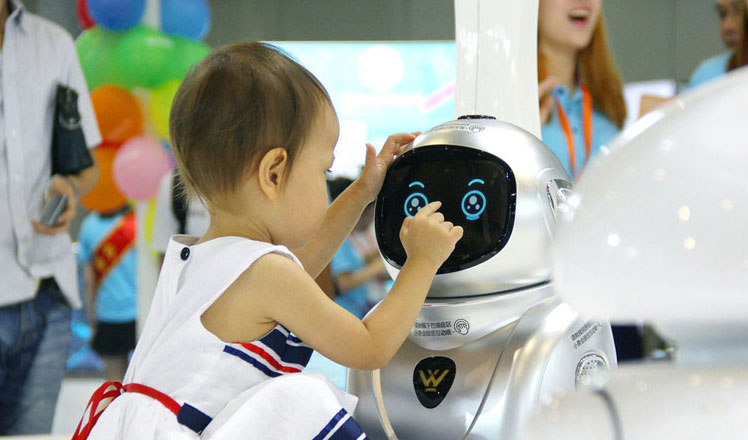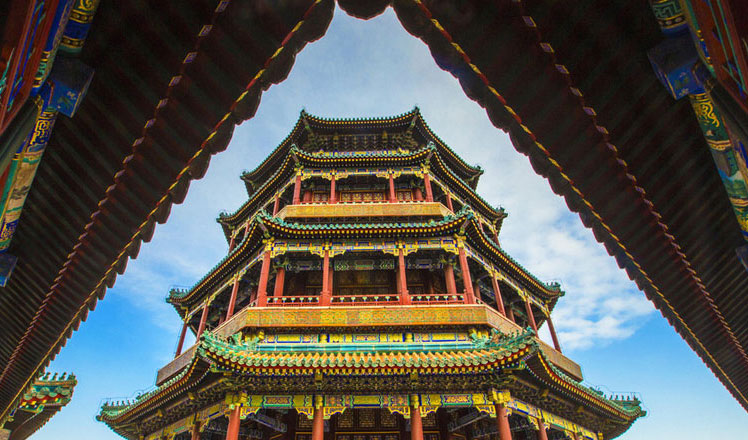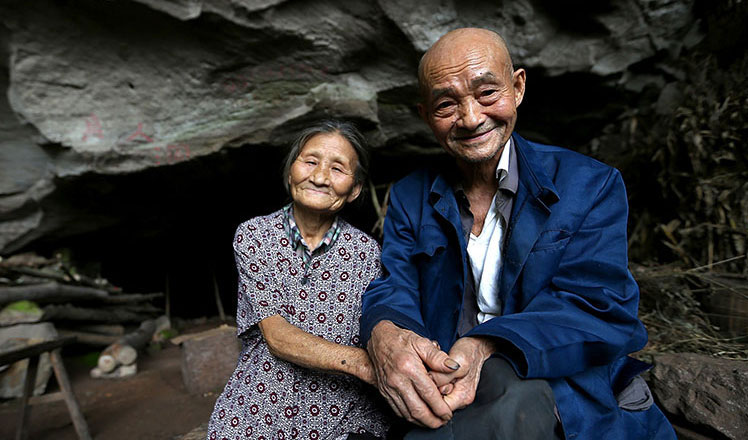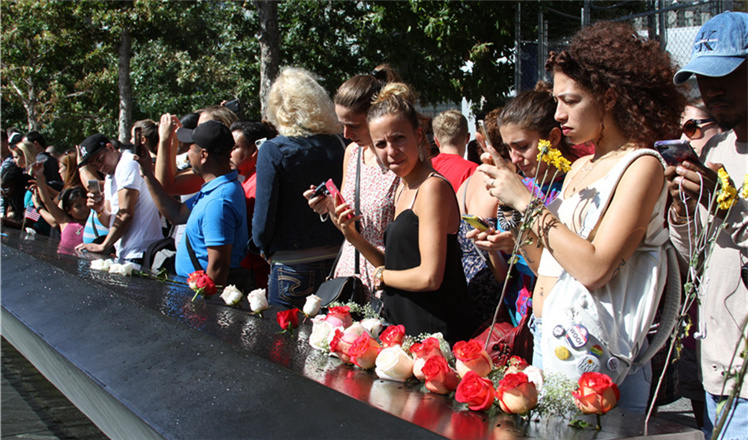Beijing PM2.5 down 12.5 pct in Jan-Aug
Updated: 2016-09-12 15:56
(Xinhua)
|
||||||||
BEIJING - The density of PM2.5, fine particulate matter causing smog, decreased in Beijing by 12.5 percent year on year in January to August, the local environment watchdog said Monday.
The average PM2.5 reading in the first eight months was 63 micrograms per cubic meter, the city's environmental protection bureau said.
Meanwhile, the density of PM10, sulfur dioxide and nitrogen dioxide dropped 17.3 percent, 26.7 percent and 8.9 percent, respectively.
Beijing is aiming to keep average PM2.5 levels below 60 micrograms per cubic meter in 2017. In 2015, the level was 80.6 micrograms, down from 95.7 micrograms in 2012.
A report released by the Chinese Academy of Engineering in July stressed that Beijing faces an arduous task to meet the 2017 goal, which will require tougher controls on pollutant emissions and better coordination with neighboring regions.
Beijing will encourage farmers in the suburbs to replace coal stoves with electric and gas, the bureau said.
Meanwhile, the city will ban old cars and encourage more people to buy electric cars. Authorities said they have installed air purifiers. which trap pollutants, on 3,600 new buses and trucks this year, helping reduce nitrogen oxide emissions by 60 percent.
The average PM2.5 reading in the first eight months was 63 micrograms per cubic meter, the city's environmental protection bureau said.
Meanwhile, the density of PM10, sulfur dioxide and nitrogen dioxide dropped 17.3 percent, 26.7 percent and 8.9 percent, respectively.
Beijing is aiming to keep average PM2.5 levels below 60 micrograms per cubic meter in 2017. In 2015, the level was 80.6 micrograms, down from 95.7 micrograms in 2012.
A report released by the Chinese Academy of Engineering in July stressed that Beijing faces an arduous task to meet the 2017 goal, which will require tougher controls on pollutant emissions and better coordination with neighboring regions.
Beijing will encourage farmers in the suburbs to replace coal stoves with electric and gas, the bureau said.
Meanwhile, the city will ban old cars and encourage more people to buy electric cars. Authorities said they have installed air purifiers. which trap pollutants, on 3,600 new buses and trucks this year, helping reduce nitrogen oxide emissions by 60 percent.
- Joint ASEAN humanitarian drill 'improves mutual trust'
- DPRK's nuclear test condemned for cranking up tensions
- The world in photos: Sept 4 - 11
- Woman in iconic V-J Day kiss photo dies at 92
- Three women planning 'imminent' attacks arrested in France: minister
- China, Britain vow to deepen military exchanges, mutual trust

 US marks 15th anniversary of 9/11 attacks
US marks 15th anniversary of 9/11 attacks
 Beautiful, smart robots shine at expo in Nanjing
Beautiful, smart robots shine at expo in Nanjing
 In pics: Top 10 most global cities in 2016
In pics: Top 10 most global cities in 2016
 In pics: Couple living in a cave for 54 years
In pics: Couple living in a cave for 54 years
 Back basket: New money-making tool in scenic spot
Back basket: New money-making tool in scenic spot
 Legless man and boy climb a mountain together
Legless man and boy climb a mountain together
 15th anniversary of 9/11 attacks marked
15th anniversary of 9/11 attacks marked
 Yao Ming and Class of 2016 receive Hall of Fame jackets
Yao Ming and Class of 2016 receive Hall of Fame jackets
Most Viewed
Editor's Picks

|

|

|

|

|

|
Today's Top News
Trump outlines anti-terror plan, proposing extreme vetting for immigrants
Phelps puts spotlight on cupping
US launches airstrikes against IS targets in Libya's Sirte
Ministry slams US-Korean THAAD deployment
Two police officers shot at protest in Dallas
Abe's blame game reveals his policies failing to get results
Ending wildlife trafficking must be policy priority in Asia
Effects of supply-side reform take time to be seen
US Weekly

|

|







